Look for these 20 Texas wildflowers in a field near you!

As we march into spring, fields everywhere will begin blossoming with colorful Texas wildflowers. Of course, every Texan is fond of our state flower, the Texas Bluebonnet, but there are thousands of different varieties of wildflowers across the state that are worth mentioning. So join us as we take a look at 20 of our favorite Texas wildflowers and see if you can spot all of them this spring!
Common Texas wildflowers
Before we begin, you'll notice that the Texas Bluebonnet, is absent from this list - but we have not forgotten it! We have dedicated
an entire blog to our state flower, which you can read here!
As you travel outdoors this spring, you're sure to see plenty of bluebonnets, but keep your eyes out for some of these, too!
1. Lazy daisy, aphanostephus ramosissimus
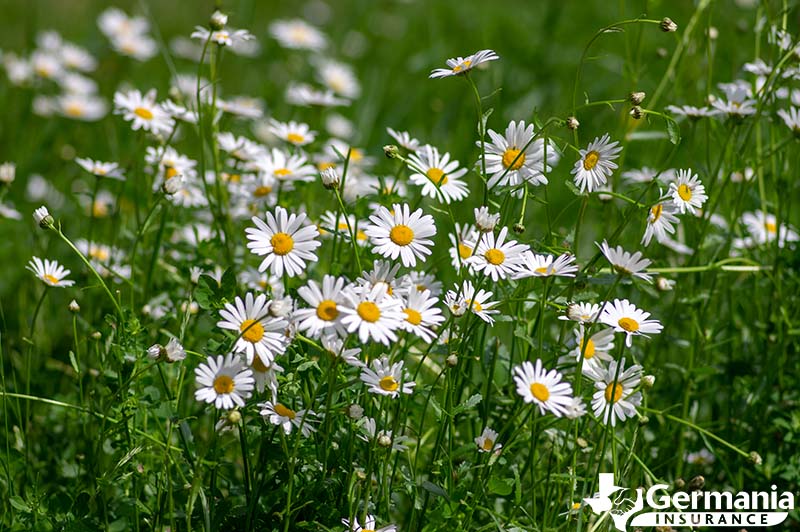
Also known as the plains dozedaisy, or plains lazydaisy, this is one of the many varieties of daisy that can be found growing wild in Texas. Growing to about 18 inches, it is a beautiful white flower with dozens of long white petals radiating out of a central yellow disk. It is common in many parts of the southwestern and south central United States and grows in most parts of Texas with the exception of East Texas. During the spring and summer, it can be found blooming in wide open areas such as fields, meadows, and along roadsides.
2. Blackfoot daisy, melampodium leucanthum
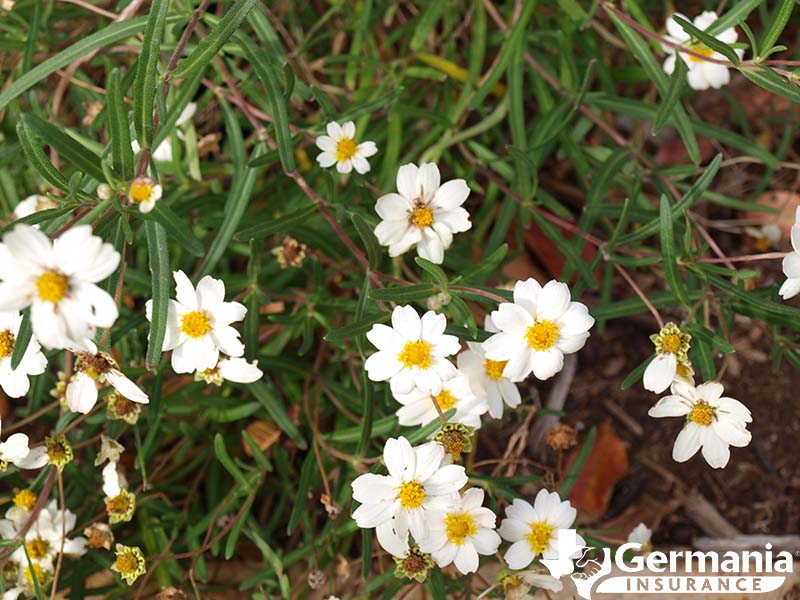
Yet another daisy varietal, the blackfoot daisy has petals that are distinct from its relatives. They are larger and more rounded with a creamy, sometimes purple-tinged, color. They are abundant across the Edwards Plateau, stretching all the way north into the Panhandle and New Mexico. They prefer open land, like fields and meadows, and are often seen along roads and in pastures. Blackfoot daisies have a long blooming period, starting in March and lasting until November in some cases.
3. Yellow flowered onion, Allium coyi
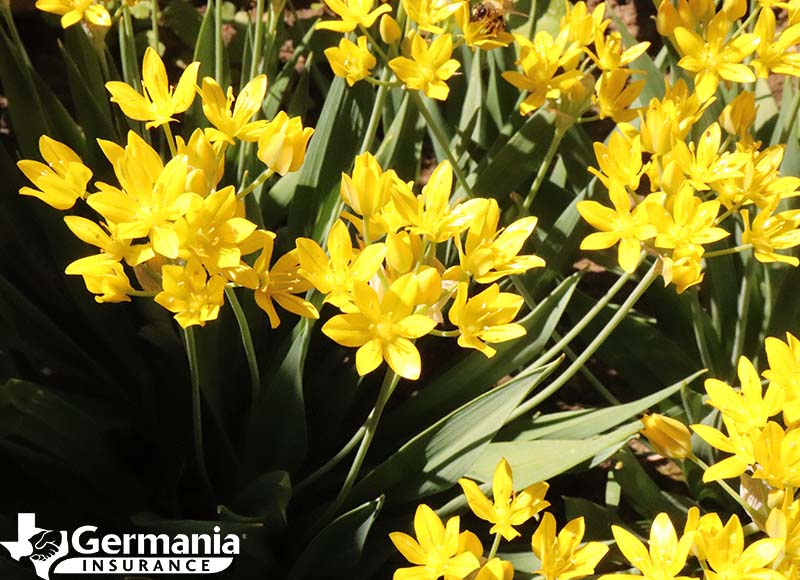
Also known as Cory's wild onion, these plants have small yellow flowers clustered on what is called an umbel (the long stalk from which the clusters of flowers grow) and are the only yellow flowered onion varietal in Texas. Unfortunately for flower lovers in the central part of the state, they are mainly found in the western regions of Texas, such as
Big Bend National Park, and grow on rocky slopes, in drainage areas, and across fields during the spring. Some years see large, plentiful blooms, yet in other years, it may be hard to find evidence of them at all.
4. Bitterweed, amarum var. amarum
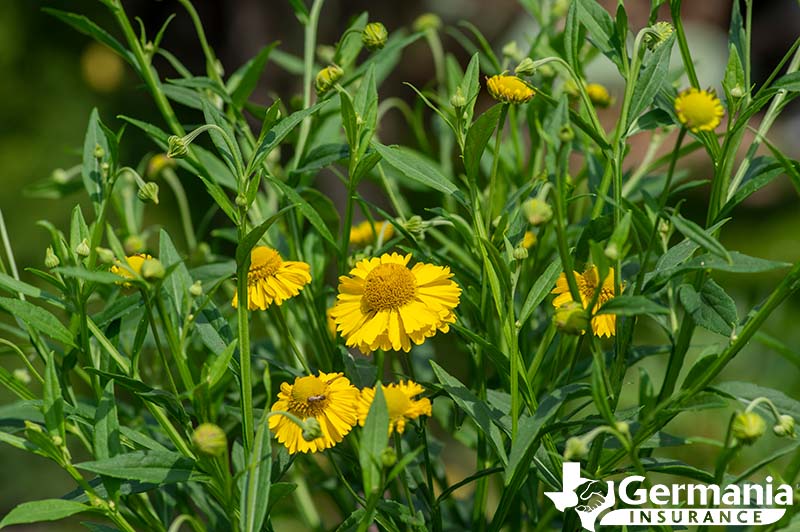
Also known as yellow sneezeweed, these yellow flowers can be found in fields, meadows, pastures, grasslands, open woodlands, roadsides, and in areas with disturbed soil. They are quite common in the eastern half of the state and grow during the spring and summer. Each plant can have as many as 100 flowers, and grow to a height of about 2 feet.
5. Common sunflower, helianthus annuus
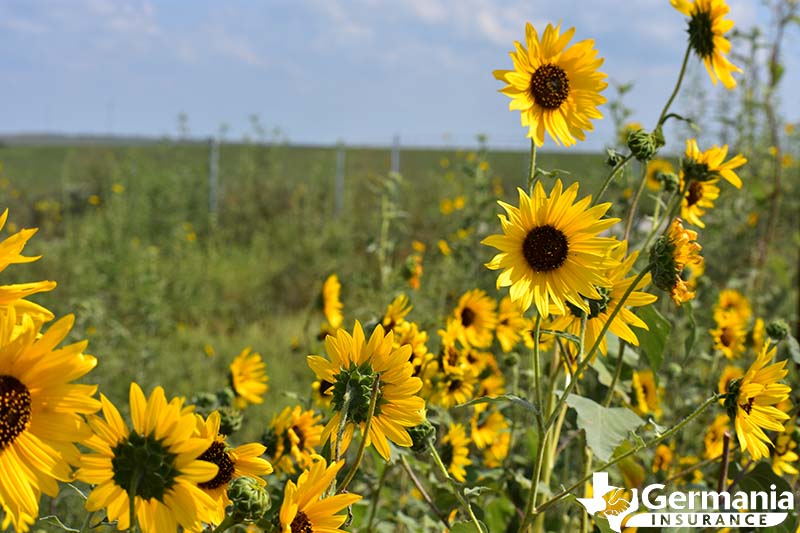
The next wildflower on our list is the common sunflower! They grow almost everywhere in Texas and can be found in fields, drainage areas, roadsides, and in disturbed areas where the soil has been churned, like construction sites. Although there are many different varieties of sunflowers, many of them can grow up to 9 or more feet tall!
We may think of sunflower seeds as a tasty snack, but they were commonly planted and harvested as a staple part of some indigenous people's diets alongside corn, beans, and squash.
6. Black-eyed Susan, rudbeckia hirta
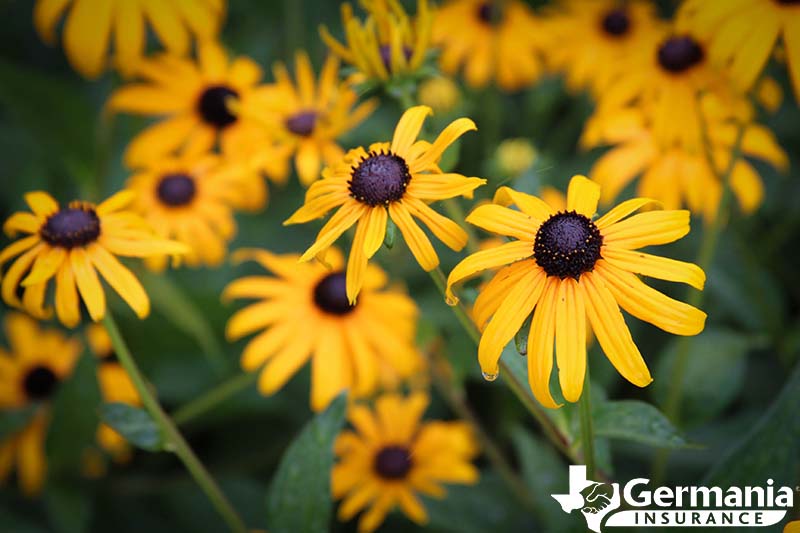
Also called brown-eyed Susan, this colorful flower can be found in fields, prairies, open brush, and along roadsides during the spring and summer. They can reach a height of 3 feet and have yellow-orange petals with dark, black, and brown disks in the center (hence the name). They are common in most parts of Texas, and are commonly included in wildflower seed mixes. Brown or black-eyed Susans are a great flower to have around your home because they are a favorite for pollinators, especially butterflies.
7. Indian blanket, gaillardia pulchella
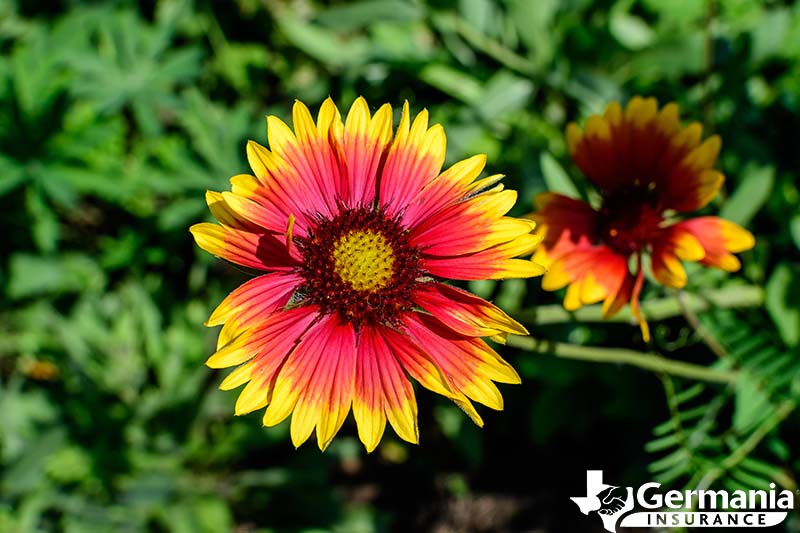
Indian blankets, or firewheels, are actually part of the sunflower family, but have distinct color patterns that inspire their common name. They are most commonly reddish orange in the center and transition to yellow on the outer part of the flower, but some varieties can be completely red. They are found all over the state in grasslands, prairies, pastures, and alongside roads during the spring. Indian blankets are yet another Texas wildflower that support pollinators - honey bees love them!
8. Mexican hat, ratibida columnifera
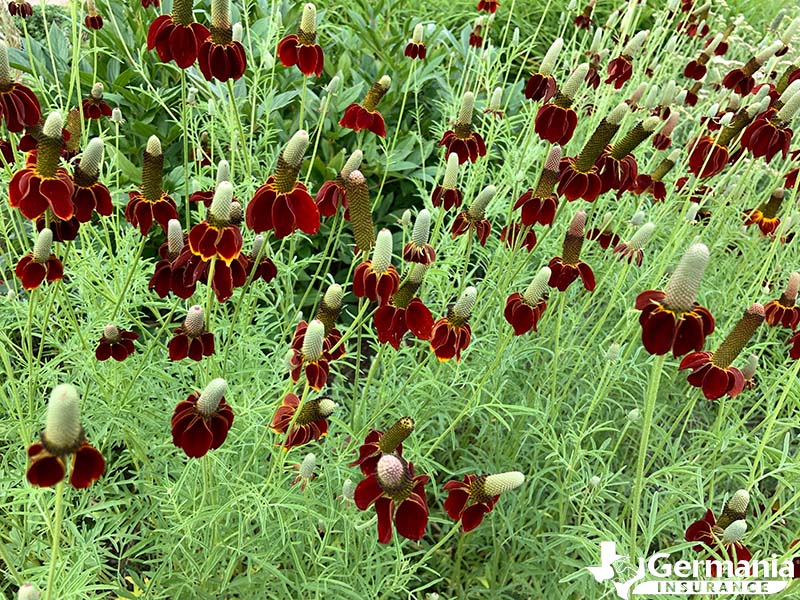
Also called prairie coneflower, these wildflowers get their name for their distinct shape, which resembles a sombrero-esque hat; rather than a flat central disk (like a sunflower), the center rises up in a cone. They come in all sorts of colors, ranging from purple and maroon centers with yellow and cold around the edges. Like many Texas wildflowers, they prefer open fields, meadows, and prairies and can be found in most places across the state.
9. Indian paintbrush, castilleja indivisa
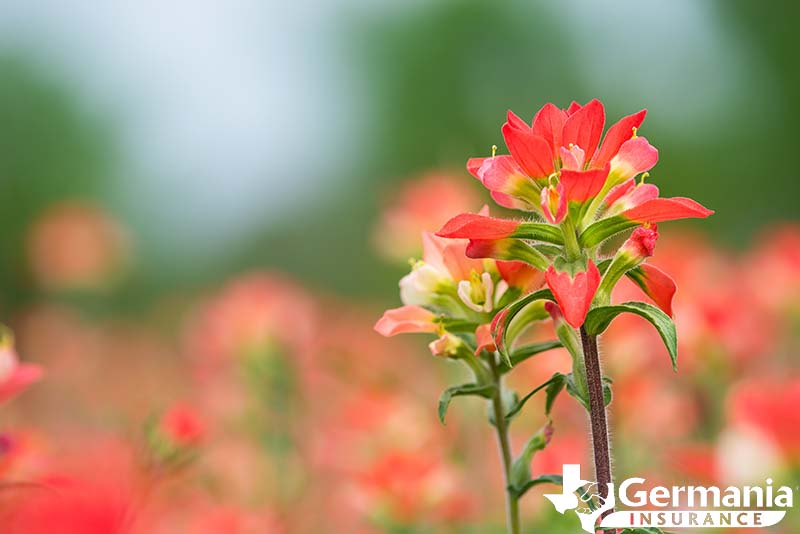
Also called prairie-fire, the castilleja genus of flower has many sub species found in Texas such as the Texas paintbrush, wholeleaf indian paintbrush, woolly indian paintbrush, Lindheimer's paintbrush, and the rigid paintbrush, just to name a few. Their flowers range from pink to a deep red and even orange. Different varieties can be found all over Texas in fields and next to roads - often mixed in with bluebonnets!
10. Bindweed, convolvulus arvensis
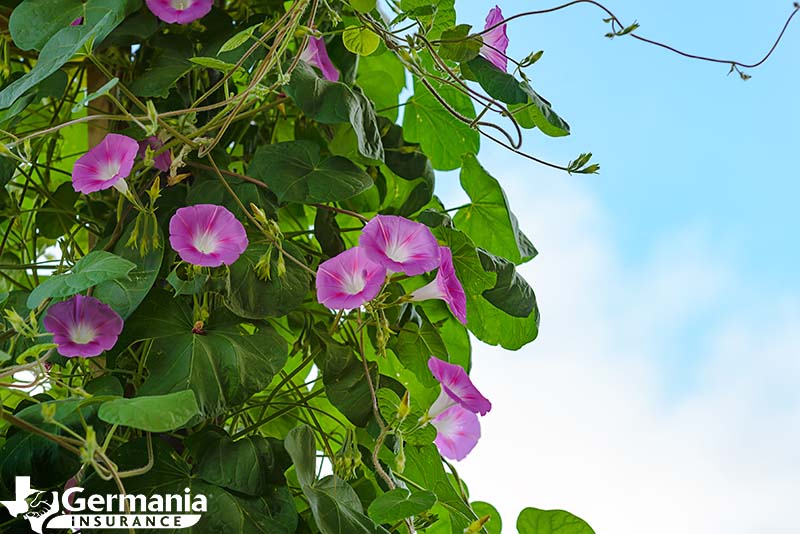
Also called field bindweed or possession vine, it's easy to see where this plant gets its name. Some consider it a pest plant as it can cover and choke off plants in gardens. But when it is out in the wild and not in a place where it disturbs desired plants, it is quite beautiful and is a favorite to many pollinators. It comes in a variety of vivid colors, often with white, pink, or purple flowers. It is quite common across the state, and can be found growing on shrubs, trees, and fences.
11. Morning glory, ipomoea
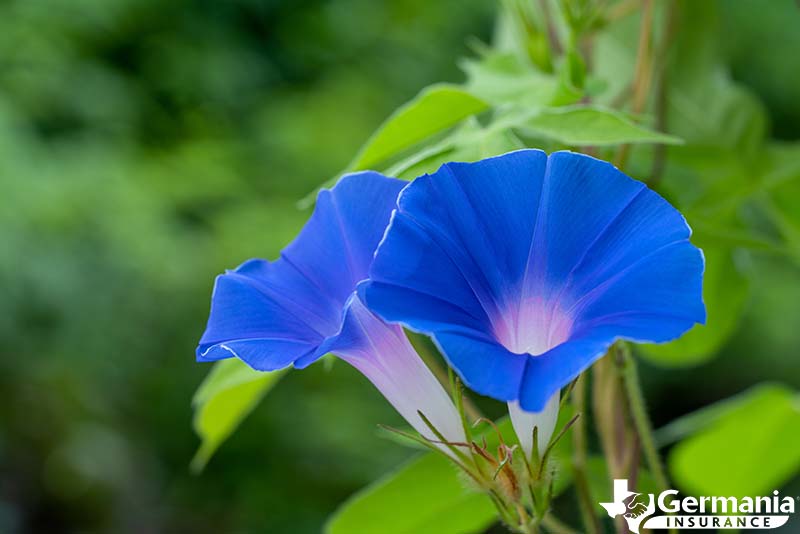
The name morning glory refers to a large family of flowers that grow throughout the world, several of which are native to the southern United States and Mexico. Morning glory vines are similar to bindweed (in the same family, in fact), and have large white, pink, or purple flowers. You'll find morning glories growing on bushes, small trees, fences, and even growing across the ground in same places. If controlled, they can make a great addition to a garden for those that love watching hummingbirds at work!
12. Evening primrose, oenothera speciosa
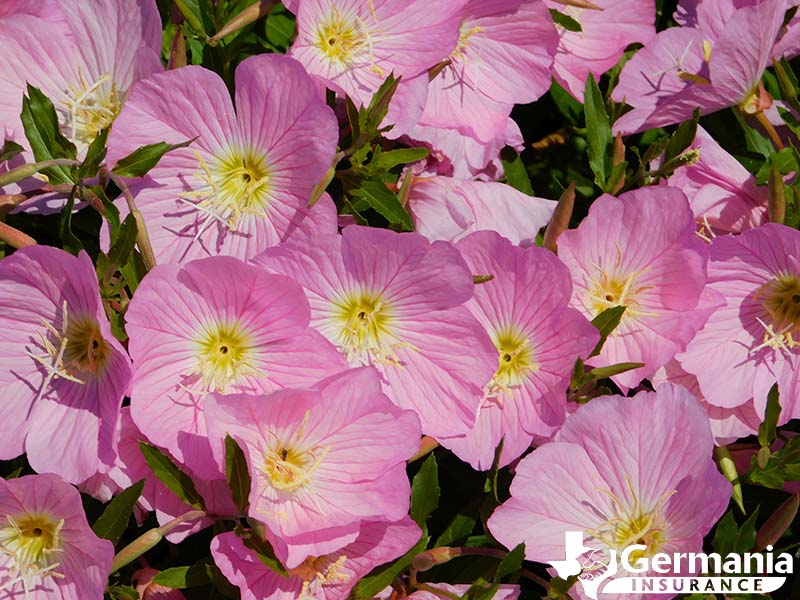
The evening primrose, also called pinkladies, buttercups, or showy evening primrose, are pink flowers with soft, white and yellow centers. The name
speciosa actually means "showy." They are native to grasslands of Kansas, Missouri, nebraska, New Mexico, Oklahoma, and of course, Texas, but can be found as far south as Mexico. You'll often find them in open fields alongside other Texas wildflowers, adding a dash of pink to a dazzling array of colors.
13. Texas thistle, cirsium texanum
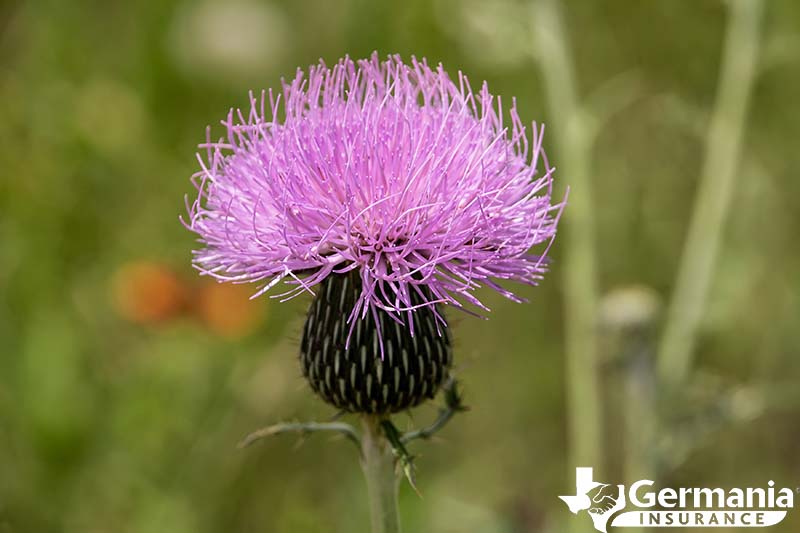
Also called purple thistle, it is often considered a weed, but produces unique purple flowers that are just as lovely as any other wildflower. Their long, thin purple and pink flowers are arranged in a dome or sphere-like shape, and are perfect for pollinators with long tongues or beaks - like butterflies and hummingbirds. This particular variety of thistle can be found in most parts of the state with the exception of the Panhandle. It is found in prairies, pastures, and open fields and blooms throughout the spring and summer beginning in April.
14. Winecup, callirhoe pedata
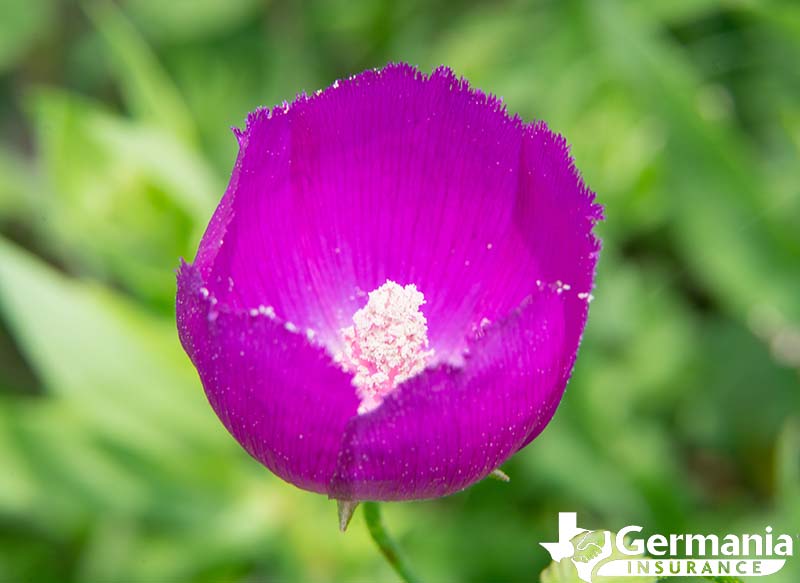
It's easy to see where this wildflower gets its name! They have small, cupped petals that are a deep maroon, magenta, or purple - like a glass of Cabernet Sauvignon or Merlot! They are part of a family of flowers called mallow, and are also commonly known as a poppy mallow, or palmleaf poppy mallow. While some species of winecups are very common throughout Texas, Texas is also home to the
Texas poppy-mallow (callirhoe scabriuscula), which is an endangered species that can only be found in Coke, Mitchell, Runnels, and Scurry counties.
15. Common vetch, vicia sativa

Sometimes considered a weed, the common vetch, or vetch, it is often sown in fields for livestock fodder or green manure. The flowers are most commonly a bright pink shade, and in rare cases white, and each branch has a creeping vine-like tendril that helps guide it as it grows. After pollination, the flowers produce little pods with fruit inside - it's actually a legume! Vetch can be found in fields, meadows, roadsides, and residential areas. Although it's current territory occupies the eastern half of the state, it has been found gradually expanding west.
16. Texas spiderwort, tradescantia humilis
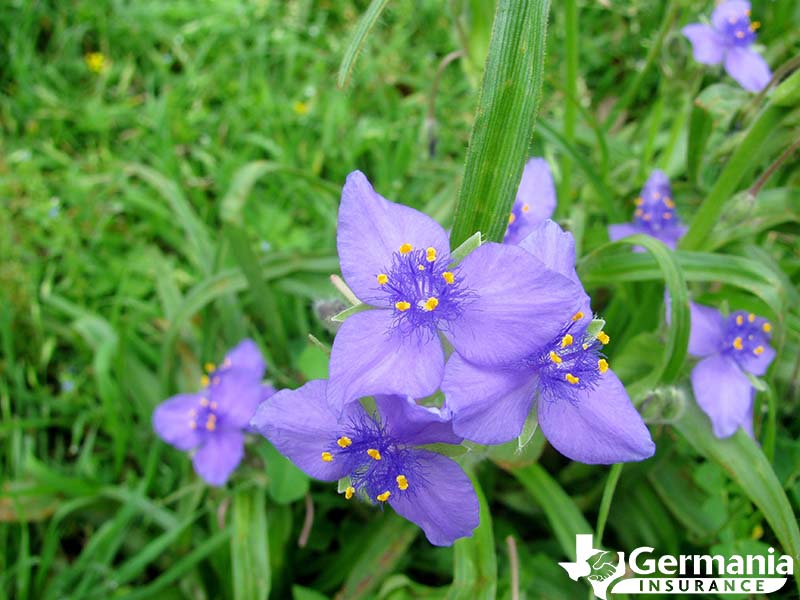
This lovely wildflower is native to Texas and southern Oklahoma and can be found growing in clusters in open brush, woodlands, near creeks, rivers, dunes, and floodplains - anywhere with sandy soil. They have three distinct rounded petals that can be purple, violet, or dark blue.
17. False dayflower, tinantia anomala
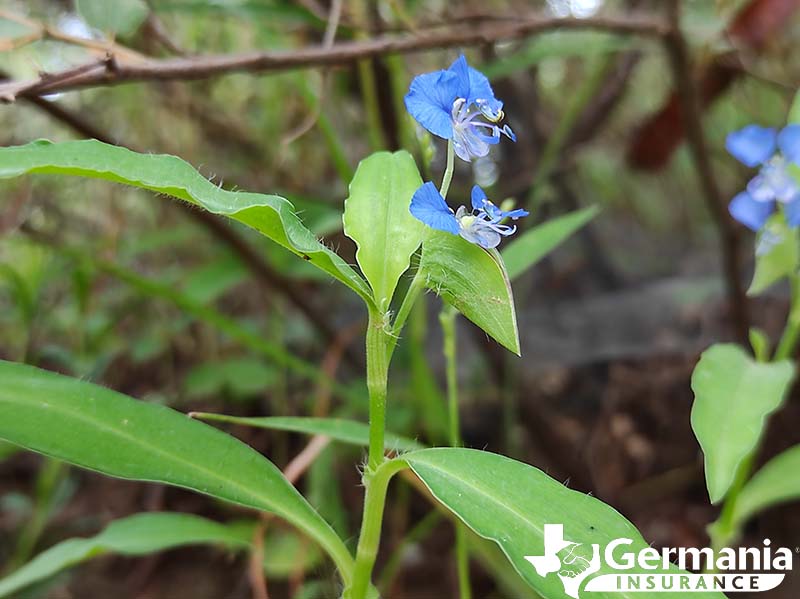
Also called widow's-tears, this wildflower can only be found in Texas! It likes rocky slopes, ravines, and the edges of woodlands. It is most common on the Edwards Plateau, but it has made its way into other parts of Texas, too. Each flower has two small, rounded petals that are a brilliant blue, almost indigo color.
18. Baby blue-eyes, nemophila phacelioides
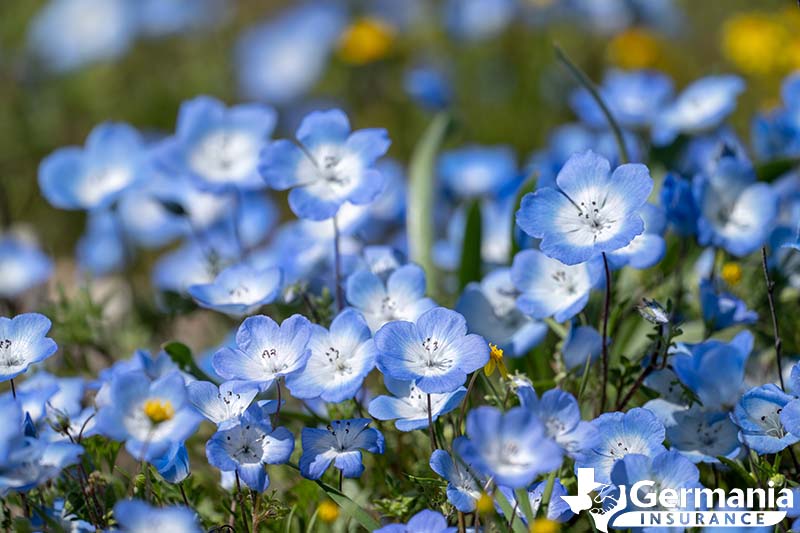
Sometimes called Texas baby-blue eyes, these wildflowers can be found in the woodlands of Arkansas, Oklahoma, and Texas. They produce large, showy flowers that have a blue or purple outer edge with a white center. They prefer shadier areas with sandy, silty soil, but when they find a place they like, they can practically blanket the ground!
19. Blue-eyed grass, sisyrinchium angustifolium
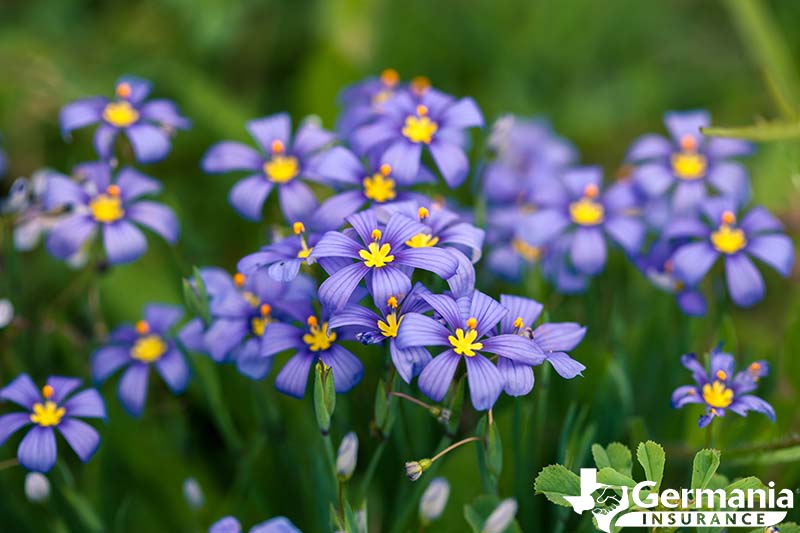
Also called Bermuda blue-eyed grass, it derives its name for its long, thing leaves and small blue flowers. However, despite its name, it is not a true grass and the flowers are not always blue. Some varietals have white, yellow, and even purple flowers. They bear a strong resemblance to irises, and are actually closely related to them.
You can find clusters of these plants on the banks of streams and swamps and in wet meadows and woodlands, or other low, wet areas. Texas is home to a number of different varieties that grow in the central and eastern portions of the state, up into the Panhandle and Oklahoma and east into Louisiana.
20. Wild petunia, ruellia nudiflora
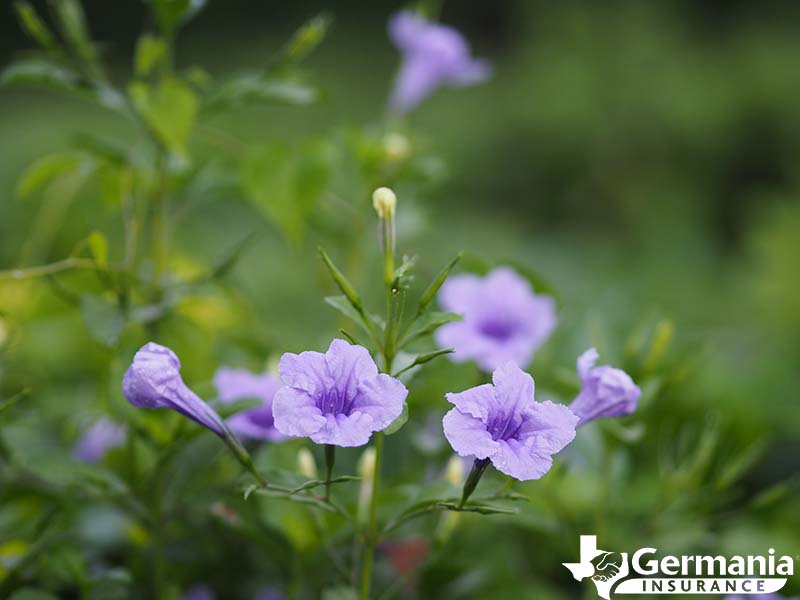
Despite the name, this wildflower is not a true petunia. They are abundant in the south and central parts of Texas, but absent from the western most regions. They can also be found in many yards throughout the state as they are a popular decorative choice for gardens. Wild petunias may grow in open areas, like meadows and fields, but they prefer shadier habitats like those found in woodlands.
Wrap Up
These are just a few of the many different Texas wildflowers popping up this spring! Whether you're out on the road, hiking through a park, or just enjoying the sun in your yard, keep an eye out for these flowers and enjoy all of the natural beauty our state has to offer.
Source: "Wildflowers of Texas," Eason, Michael. 2018 Timber Press Inc.
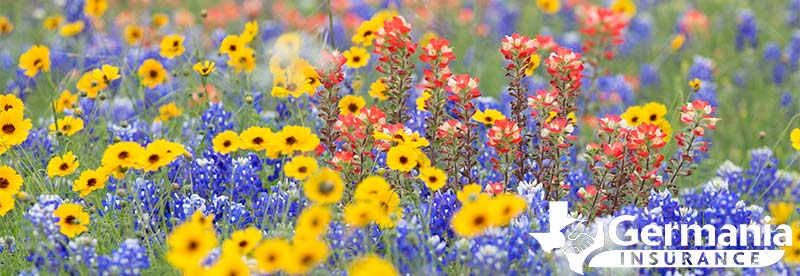 For more information about Germania's insurance products, request a free quote online or reach out to your local Germania agent today!
For more information about Germania's insurance products, request a free quote online or reach out to your local Germania agent today!